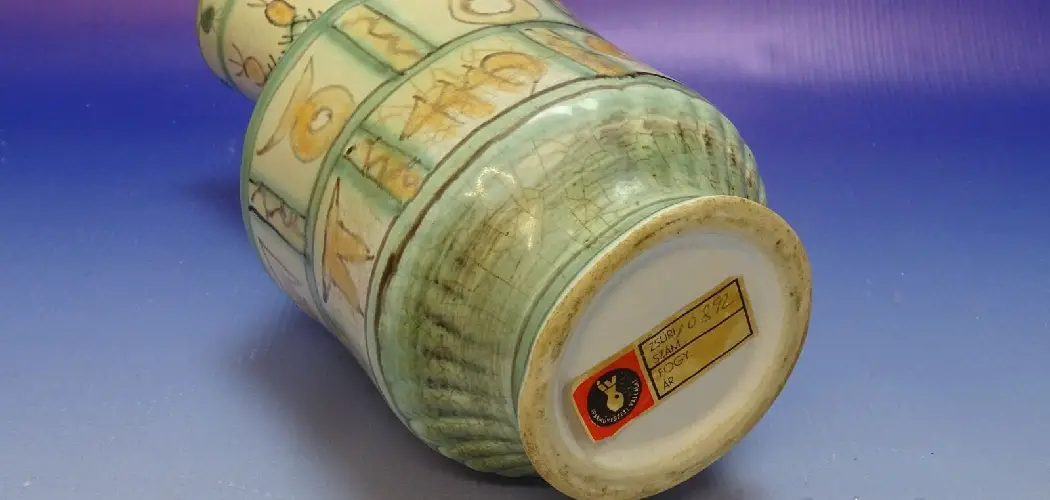Dating Haeger Pottery is like embarking on a journey through the rich history of American ceramics. The Royal Haeger Pottery Company, founded in 1871, has produced a wide range of stunning and collectible pottery pieces over the decades, making it a fascinating subject for collectors and enthusiasts alike.
Whether you’ve stumbled upon a Haeger pottery piece in an antique shop, inherited a cherished family heirloom, or simply wish to identify the era of your pottery, understanding how to date Haeger Pottery is an essential skill.
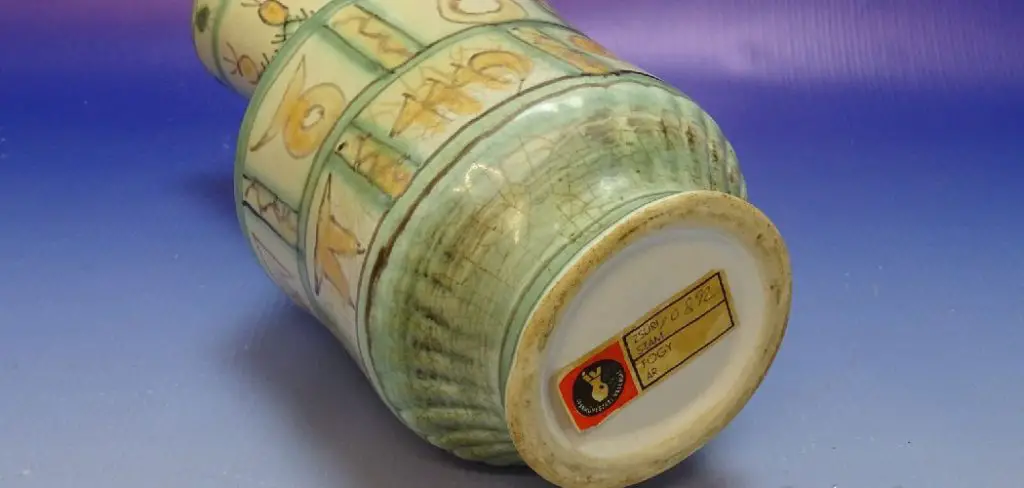
In this article, we will explore the various clues and techniques that will help you pinpoint the age and origin of your Haeger pottery, from examining marks and labels to recognizing distinctive design elements that evolved over the years.
Unraveling the timeline of Haeger pottery production will not only enhance your appreciation for these timeless pieces but also assist you in valuing and preserving your unique ceramics. So, let’s embark on this journey through time and uncover the secrets of dating Haeger Pottery.
The Importance of Dating Haeger Pottery
Haeger pottery is a popular collectible among antique enthusiasts and pottery lovers. This American pottery company has been producing beautiful and unique pieces for over 100 years, making it a valuable part of our history. However, one of the challenges that come with collecting Haeger pottery is dating these pieces accurately.
But why is dating Haeger pottery so important? Let’s explore some reasons:
Authenticity
As with any collectible item, authenticity is crucial when it comes to determining the value of Haeger pottery. By dating a piece, you can ensure that it is indeed an original Haeger creation and not a reproduction or fake.
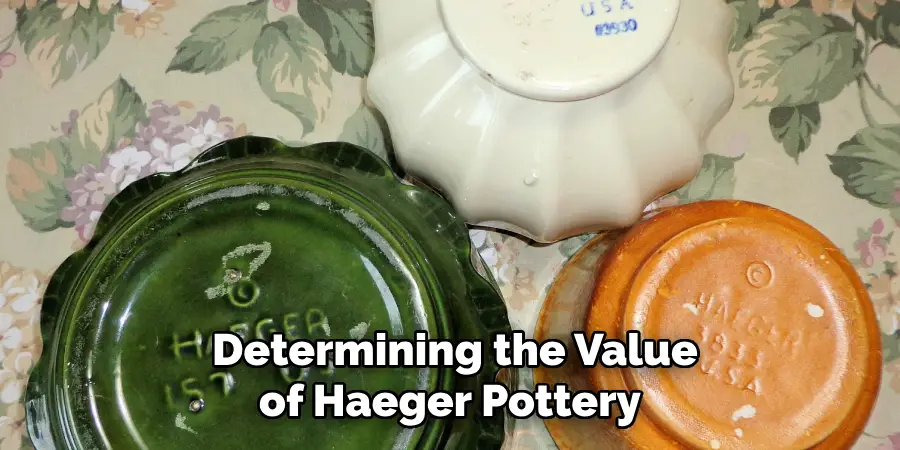
Rarity
Haeger pottery was produced in large quantities, but certain designs and styles are rarer than others. By dating a piece, you can determine its rarity, making it more valuable to collectors.
Historical Significance
Dating Haeger pottery can provide a glimpse into the company’s history and evolution. By knowing when a piece was made, you can learn about the different techniques and styles used by Haeger throughout its long history.
Price Determination
Knowing when a piece of Haeger pottery was produced can help determine its value accurately. Rare or one-of-a-kind pieces may fetch a higher price, while more common designs may have a lower value.
10 Methods How to Date Haeger Pottery
1. Check the Bottom of the Piece
One of the best ways to date Haeger pottery is to check the bottom of the piece. The bottom of most pieces will have either an impressed or incised mark that can be used to identify when it was made. If there is no mark, then it may be a newer piece or a reproduction.

2. Look for a Mold Number
Haeger pottery often has a mold number on the bottom that can be used to determine its age. These numbers are usually four-digit numbers and can indicate when the piece was made and what type of glaze was used.
3. Look for a Glaze Color
The glaze color on Haeger pottery can also help to date it. Many pieces were made with unique glazes that were only available during certain periods, so if you know what glaze colors were popular during those times, you can use them to narrow down your search.
4. Examine any Stamps or Labels
If there are any stamps or labels on the bottom of the piece, they may also provide clues as to when it was made. Some labels may include dates or other information about when it was produced, which can help in dating it more accurately.
5. Research Similar Pieces Online
You can also research similar pieces online by looking at photos and descriptions of Haeger pottery from different periods. This will give you an idea of what types of pieces were popular during each time period and how they may differ from each other in terms of design and color scheme.
6. Contact a Pottery Expert
If you’re still having trouble dating your piece, you may want to contact a pottery expert who specializes in Haeger pottery for assistance in determining its age and value. These experts are knowledgeable about all aspects of Haeger pottery and can provide valuable insight into its history and production methods that will help you accurately date your piece.
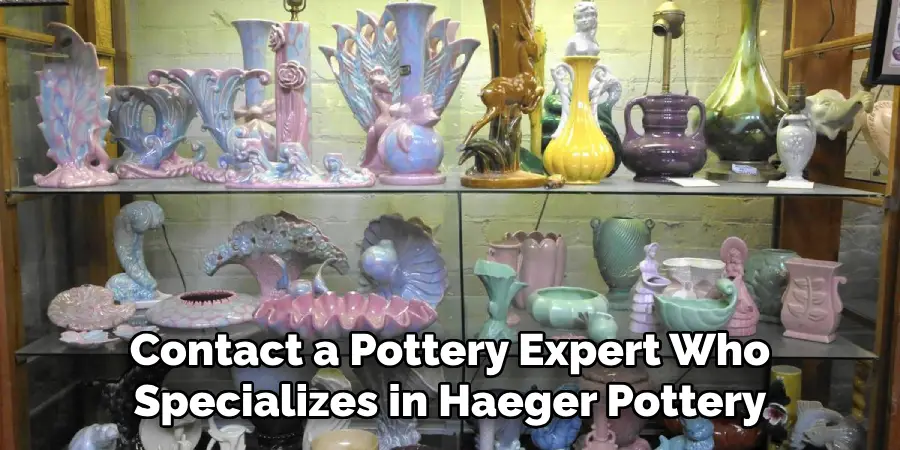
7. Visit Local Antique Stores
Visiting local antique stores is another great way to get an idea of how old your Haeger pottery is and how much it might be worth today. Many antique stores specialize in vintage items such as Haeger pottery, so they’ll be able to tell you more about its age and value based on their experience with similar items from past eras.
8. Check Auction Sites
Auction sites such as eBay are another great resource for researching Haeger pottery prices and ages since many people list their items for sale here with detailed descriptions that include information about when it was made and what condition it’s currently in. This allows you to compare prices among similar items from different time periods so that you have a better idea of what yours might be worth today.
9. Look For Repairs
When examining your Haeger pottery, look closely for any signs of repair work, such as chips, cracks, or missing parts. If there are repairs present, this could indicate that the item is older than if there were no repairs present. Additionally, some repairs may have been done using materials that weren’t available at the time the item was originally produced, which could also give clues as to its age.
10. Consider Its Condition
Lastly, take into account the overall condition of your piece before attempting to date it. Older pieces tend to show more wear and tear than newer ones due to their age, so if yours looks like it has been well cared for over time, then this could indicate that it is relatively new compared to others from its era.
Things to Consider When Dating Haeger Pottery
Haeger pottery has been a popular choice for collectors and enthusiasts for many years. With its unique designs and high-quality craftsmanship, it’s no wonder that people are interested in dating these pieces to better understand their history and value.
Company History
Before diving into dating the pottery itself, it’s essential to have a basic understanding of the company’s history. The Haeger Potteries was founded in 1871 by David H. Haeger and has since gone through several ownership changes and name variations. Understanding these changes can help narrow down the time frame of when a particular piece was produced.
Types of Markings
Haeger pottery used different markings throughout its history, making it challenging to pinpoint an exact date for each piece. Some pieces were marked with a simple “Haeger” or “Royal Haeger,” while others had more detailed markings that included the year and month of production. Additionally, some pieces were only marked with a mold number, making it even more challenging to date them accurately.
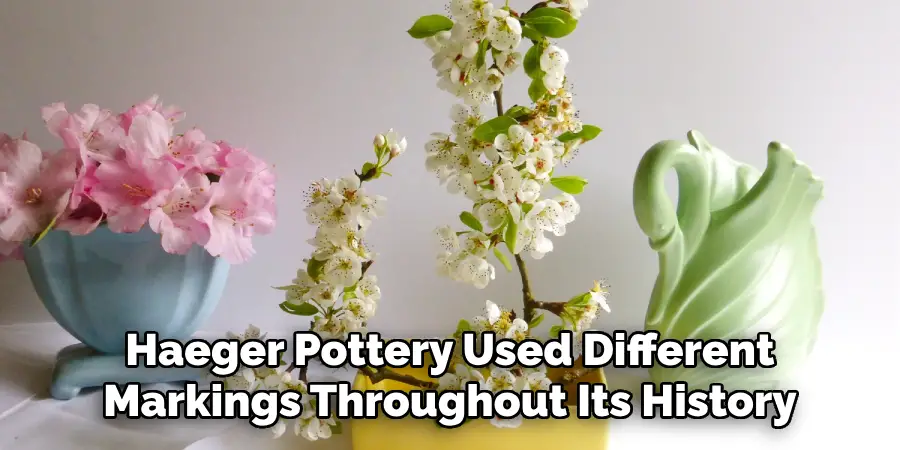
Colors and Designs
Another important factor to consider when dating Haeger pottery is the color and design. The company went through different design phases throughout its history, so certain colors or patterns can indicate a specific time period. For example, pieces from the 1930s and 1940s often feature Art Deco designs, while pieces from the 1960s and 1970s are known for their bold, bright colors.
Common Mistakes to Avoid While Dating Haeger Pottery
Haeger pottery is a beautifully crafted and highly collectible line of American-made ceramics. With a history dating back to the early 20th century, Haeger pottery has become a staple in many vintage collections and home decor styles. Whether you are an avid collector or simply enjoy the aesthetic appeal of these pieces, it’s important to know how to properly date Haeger pottery.
Relying solely on the bottom markings
One of the most common mistakes people make when trying to date Haeger pottery is relying solely on the markings found on the bottom of the piece. While these markings can provide some clues as to when a piece was made, they are not always accurate.
Not doing enough research
Another mistake people make is not doing enough research before attempting to date their Haeger pottery. With a vast collection spanning over 100 years, it’s important to have a good understanding of Haeger pottery’s history and evolution in order to accurately date your pieces.
Conclusion
Dating Haeger pottery can be a tricky business. There are many factors to consider when dating pieces, from the size and shape of embossed marks to the end-of-production dates. With a little knowledge and guidance, however, you should be able to get an approximate date of production for any piece.
The best way to begin is by consulting a reliable sourcebook or two; these will give you information about the historical context of a given artist or manufacturer, as well as data on specific marks and dates of production. Once you’ve familiarized yourself with the basics, take your time and look at every detail carefully before making a determination. With enough patience and dedication, you too can learn how to date Haeger pottery with confidence!

